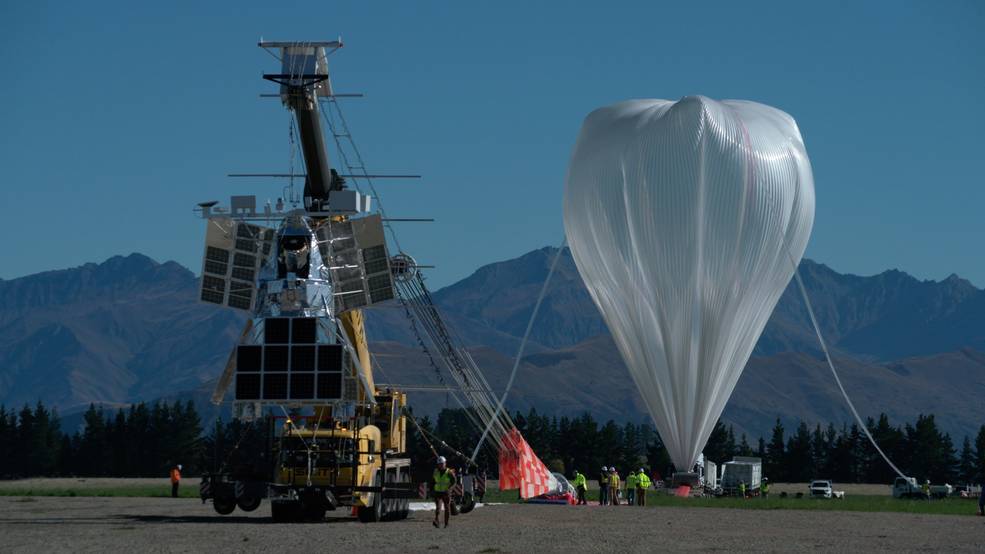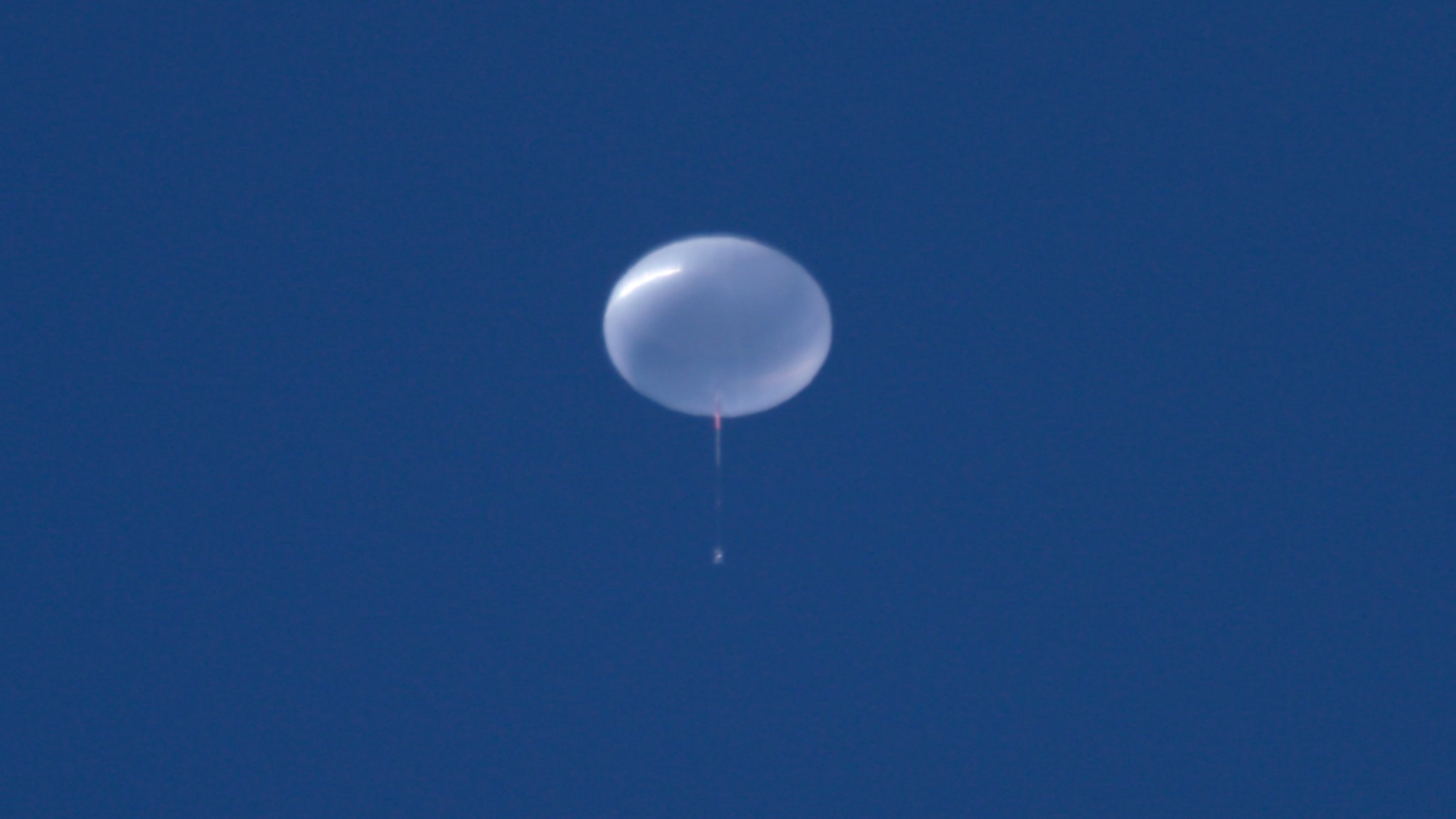NASA’s Scientific Balloon Program successfully launched its football-stadium-sized, heavy-lift super pressure balloon (SPB) from Wānaka Airport, New Zealand, at 11:42 a.m., Sunday, April 16 (7:42 p.m.. April 15 in U.S. Eastern Time), on a mission planned for 100 or more days.
“Mother Nature shined down beautifully today giving us the perfect conditions for a brilliant launch,” said Debbie Fairbrother, NASA’s Scientific Balloon Program chief. “I’m excited for this mission and the cutting-edge science it will perform.”
The balloon will float at 110,000 feet (33.5 km) with the winds carrying it about the southern hemisphere’s mid-latitude band.
NASA invites the public to follow these missions as they fly on their globetrotting journeys about the Southern Hemisphere’s mid-latitudes, said Fairbrother. A balloon’s flight path is controlled by the wind speed and direction at float altitude. The missions will spend most of their time over water, and for any land crossings, NASA works with the U.S. State Department to coordinate country overflight approvals. Real-time tracking of these flights is publicly available here. In addition, NASA publicizes balloon launch and tracking information via the web at www.nasa.gov/balloons and across NASA’s social media platforms.
While validating the super pressure balloon technology is the main flight objective, the balloon is also carryingthe Super Pressure Balloon Imaging Telescope (SuperBIT), from Princeton University, which uses a wide field of view to image large galaxy clusters from a balloon platform in a near-space environment. By measuring the way these massive objects warp the space around them, also called “weak gravitational lensing,” SuperBIT will be able to map the dark matter present in these clusters.
A second SPB flight is planned and will fly the Extreme Universe Space Observatory 2 (EUSO-2), a mission from the University of Chicago that aims to build on data collected during a 2017 mission. EUSO-2 will detect ultra-high energy cosmic-ray particles from beyond our galaxy as they penetrate Earth’s atmosphere. The origins of these particles are not well known, so the data collected from EUSO-2 will help solve this science mystery.
Maintaining a constant float altitude in the stratosphere is a formidable challenge for airborne systems, including balloons. Most standard heavy-lift zero pressure balloons can vary in altitudes as much as 45,000 feet (13.7 km) due to the alternating warming and cooling of the day-night cycle. In response, mission operators typically release excess weight in the form of ballast to maintain altitude. The SPB, in contrast, is designed to maintain a positive internal pressure and shape irrespective of its environment, which keeps the balloon at a stable float altitude without dropping ballast.
The 18.8-million-cubic-foot (532,000-cubic-meter) balloon is helium-filled and about the size of a football stadium when fully inflated at its operational float altitude of 110,000 feet (33.5 kilometers). Wānaka is NASA’s dedicated launch site for mid-latitude, long-duration balloon missions.
NASA conducts SPB launches from New Zealand in collaboration with the Queenstown Airport Corporation, Queenstown Lake District Council, New Zealand Space Agency, and Airways New Zealand.
NASA’s Wallops Flight Facility in Virginia manages the agency’s scientific balloon flight program with 10 to 15 flights each year from launch sites worldwide. Peraton, which operates NASA’s Columbia Scientific Balloon Facility (CSBF) in Texas, provides mission planning, engineering services, and field operations for NASA’s scientific balloon program. The CSBF team has launched more than 1,700 scientific balloons over some 40 years of operations. NASA’s balloons are fabricated by Aerostar. The NASA Scientific Balloon Program is funded by the NASA Headquarters Science Mission Directorate Astrophysics Division.
For more information on NASA’s Scientific Balloon Program, visit:
https://www.nasa.gov/scientificballoons
Jeremy Eggers
NASA’s Wallops Flight Facility, Wallops Island, Va.
jeremy.l.eggers@nasa.gov

































